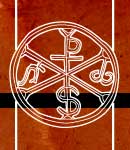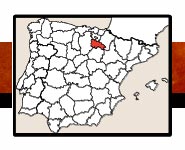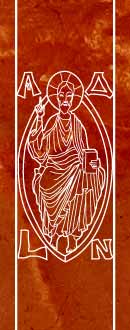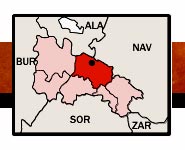


 |
 |
||
 |
|||
 |
/comple-rioj/RIOJ-Logron-40.jpg) |
-55/BOOK-cort-40.jpg) |
 |
 |
||
/comple-rioj/TT-RIOJ-Logron-W-50.jpg) |
|||
ACCESO : Logroño se encuentra entre Vitoria y Zaragoza, se puede acceder bien por la N-232 o por la AP-68; también se puede acceder desde Pamplona (a-12) y Soria (N-111). Los monumentos se ubican en el casco histórico (ver mapa). ACCESO PARA MINUSVÁLIDOS : Para el usuario de silla de ruedas hay que considerar: Hay escalones en el acceso (catedral y san Bartolomé), pero puedes ver bien el exterior. Se puede acceder a Santa María y contemplar el exterior de la muralla. |
/350-PLN-Logron-50.jpg) |
ACCESS : Logroño is between Vitoria and Zaragoza, it can be accessed either by the N-232 or by the AP-68; can also be accessed from Pamplona (A-12) and Soria (N-111). The monuments are located in the historic center (see map). ACCESS FOR HANDICAPPED : For the wheelchair user it is necessary to consider: There are stpes in the access (cathedral and San Bartolomé), but you can see the outside well. You can access Santa María and see the outside of the wall. |
|||||
 |
|||||||